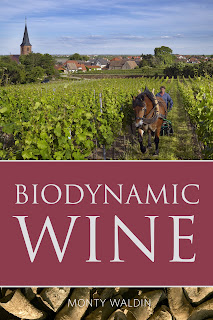Rosemary George MW wine writer based in London and the South of France. Discover the new wines of the Languedoc and Roussillon with me.
Posts
Showing posts from 2016
Wine classes at Domaine la Grange
- Get link
- Other Apps
The cave coopérative of Ventenac-en-Minervois
- Get link
- Other Apps

